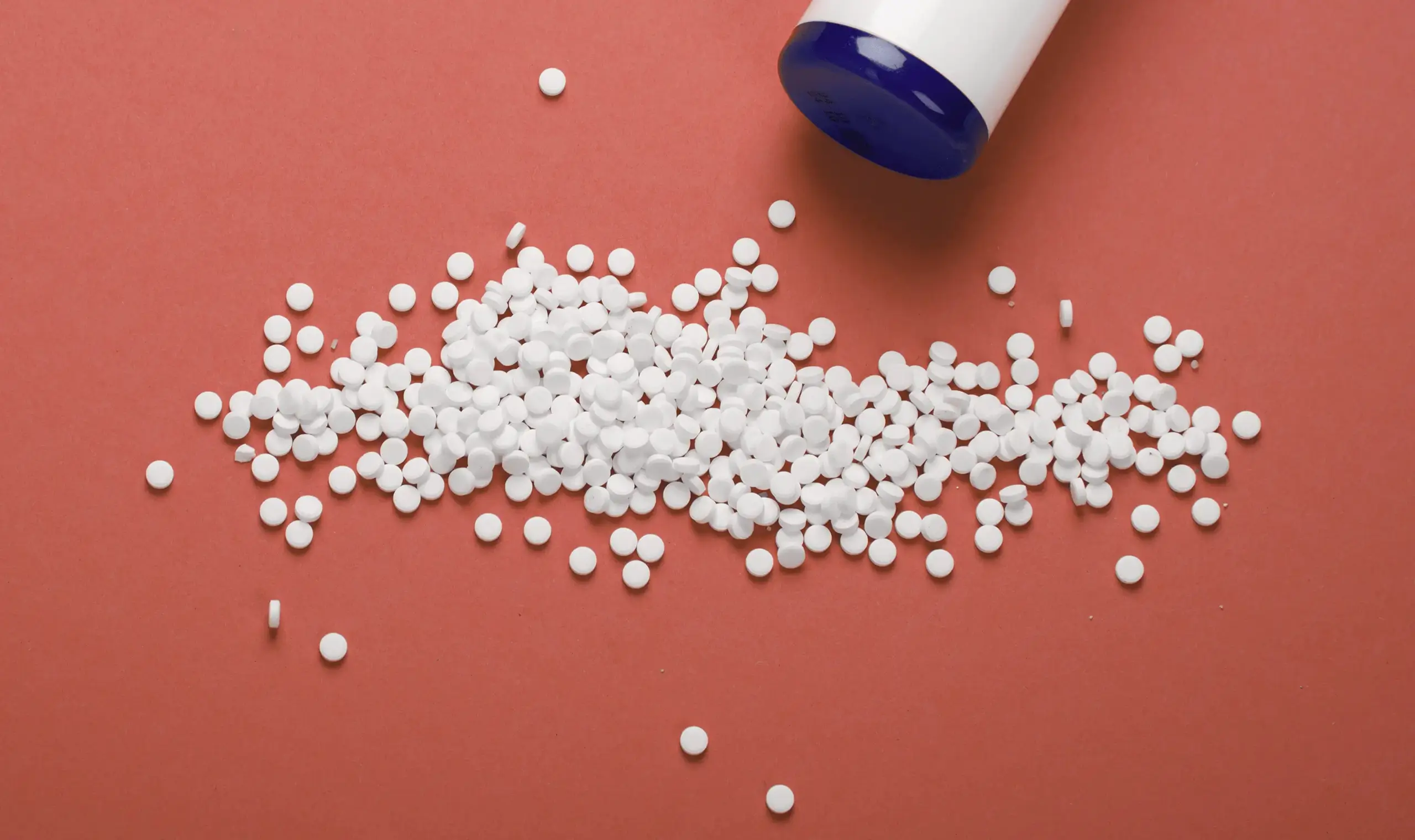In the quest for sugar reduction, the modern food formulator faces a complex challenge: balancing consumer demand for “clean label” ingredients with the technical need for performance, stability, and taste. While natural sweeteners are on the rise, there are applications where one ingredient remains the undisputed workhorse of the industry: sucralose.
This isn’t a debate about “natural vs. artificial.” This is a technical guide to sucralose, designed for formulators who need to make data-driven decisions. We will explore the key functional properties that make sucralose an indispensable tool in modern food and beverage production.
Unmatched stability in heat and acid
One of the most significant challenges with many sweeteners is their degradation under processing conditions. This is where sucralose truly excels.
- Heat Stability: Sucralose is exceptionally heat-stable, retaining its sweetness even after pasteurization, UHT treatment, baking, and other high-temperature processes. This makes it ideal for baked goods, jams, and shelf-stable beverages.
- pH Stability: It remains stable across a broad pH range, making it highly effective in acidic environments like carbonated soft drinks, fruit preparations, and dressings, where other sweeteners might lose potency or develop off-notes.
This reliability under stress, as documented in regulatory assessments and food technology literature like the International Food Additives Council’s review, means that the sweetness you formulate for is the sweetness the consumer experiences, every time.
Advanced applications: synergy and flavor masking
The functionality of sucralose extends far beyond simply adding sweetness. It is a powerful tool for solving complex sensory challenges.
Sweetness synergy
Sucralose exhibits a powerful synergistic effect when blended with other sweeteners, particularly acesulfame potassium (Ace-K). A sucralose/Ace-K blend can:
- Achieve a more rounded, sugar-like sweetness profile.
- Reduce the off-notes or aftertastes associated with each individual sweetener.
- Often lower the total amount of sweetener needed, reducing cost-in-use.
Flavor masking
Perhaps the most underrated property in this guide to sucralose is its ability to mask undesirable flavors. It is highly effective at covering the bitterness of:
- Branched-Chain Amino Acids (BCAAs) in sports nutrition.
- Vitamins and minerals in fortified foods.
- Botanical extracts and adaptogens in functional beverages.
This makes it a key problem-solver in formulations where high-impact functional ingredients would otherwise render the product unpalatable.
A pragmatic approach to the “clean label” debate
While sucralose is classified as an artificial sweetener, it’s important for formulators to consider the full picture. Its high intensity (about 600 times sweeter than sugar) means it is used in minuscule amounts. It offers a level of stability and flavor neutrality that is currently very difficult to achieve with many natural alternatives, especially in complex systems.
The decision to use sucralose is a pragmatic one, balancing marketing narratives with the technical reality of creating a safe, stable, and great-tasting product.
At Nutri Partners, we supply high-purity sucralose that delivers consistent performance. We provide the documentation and support our partners need to make informed decisions. A complete guide to sucralose is essential for understanding when this powerful ingredient is the right tool for the job.

